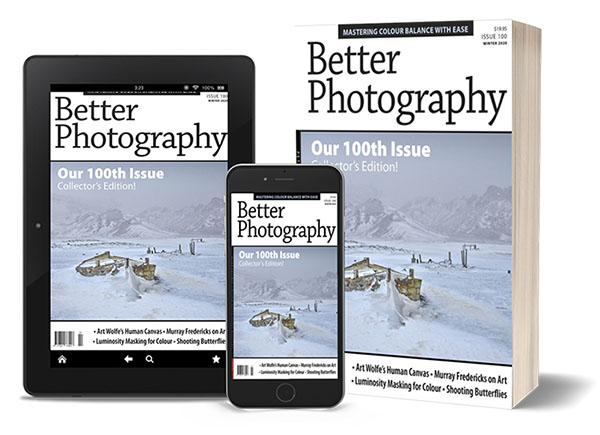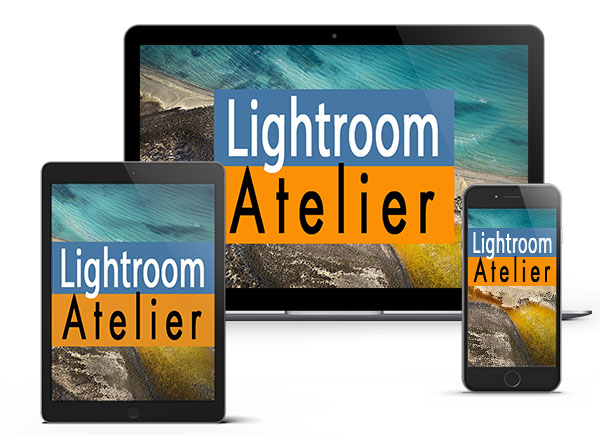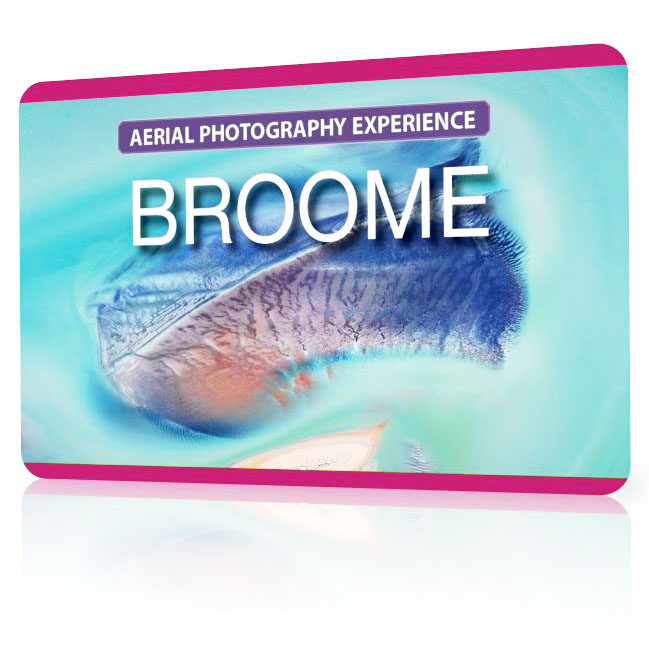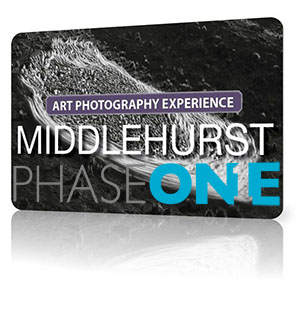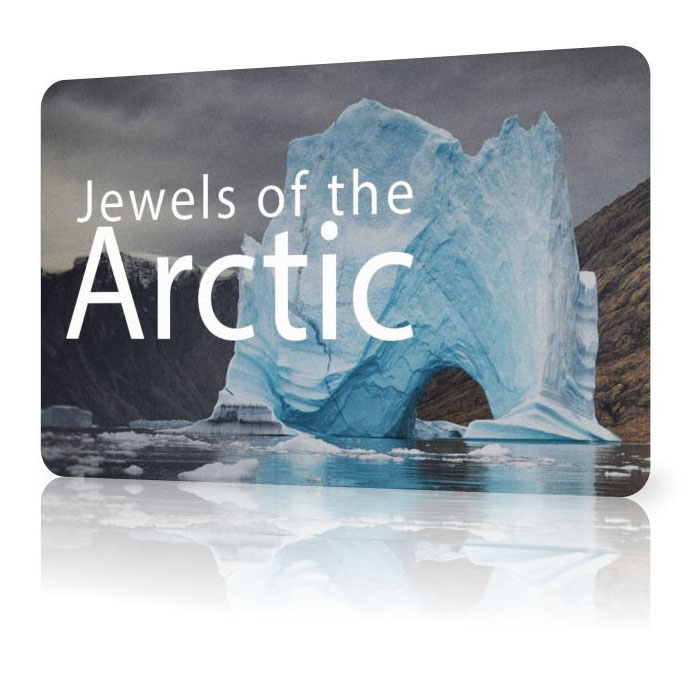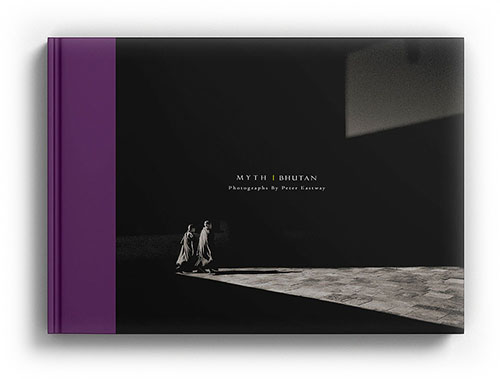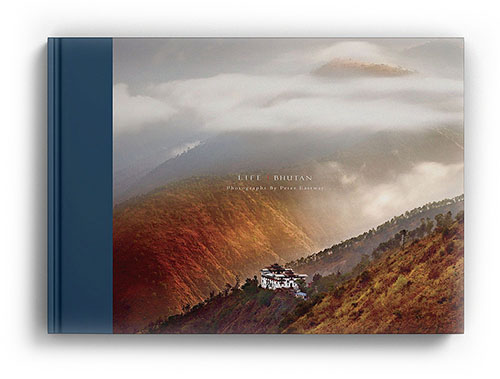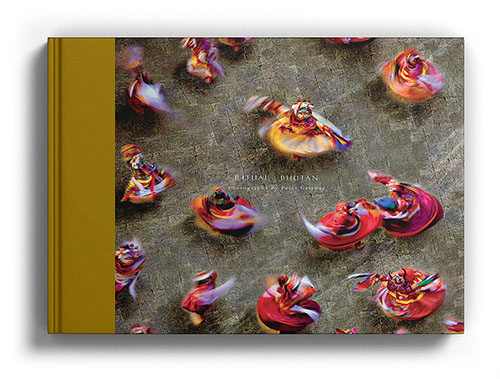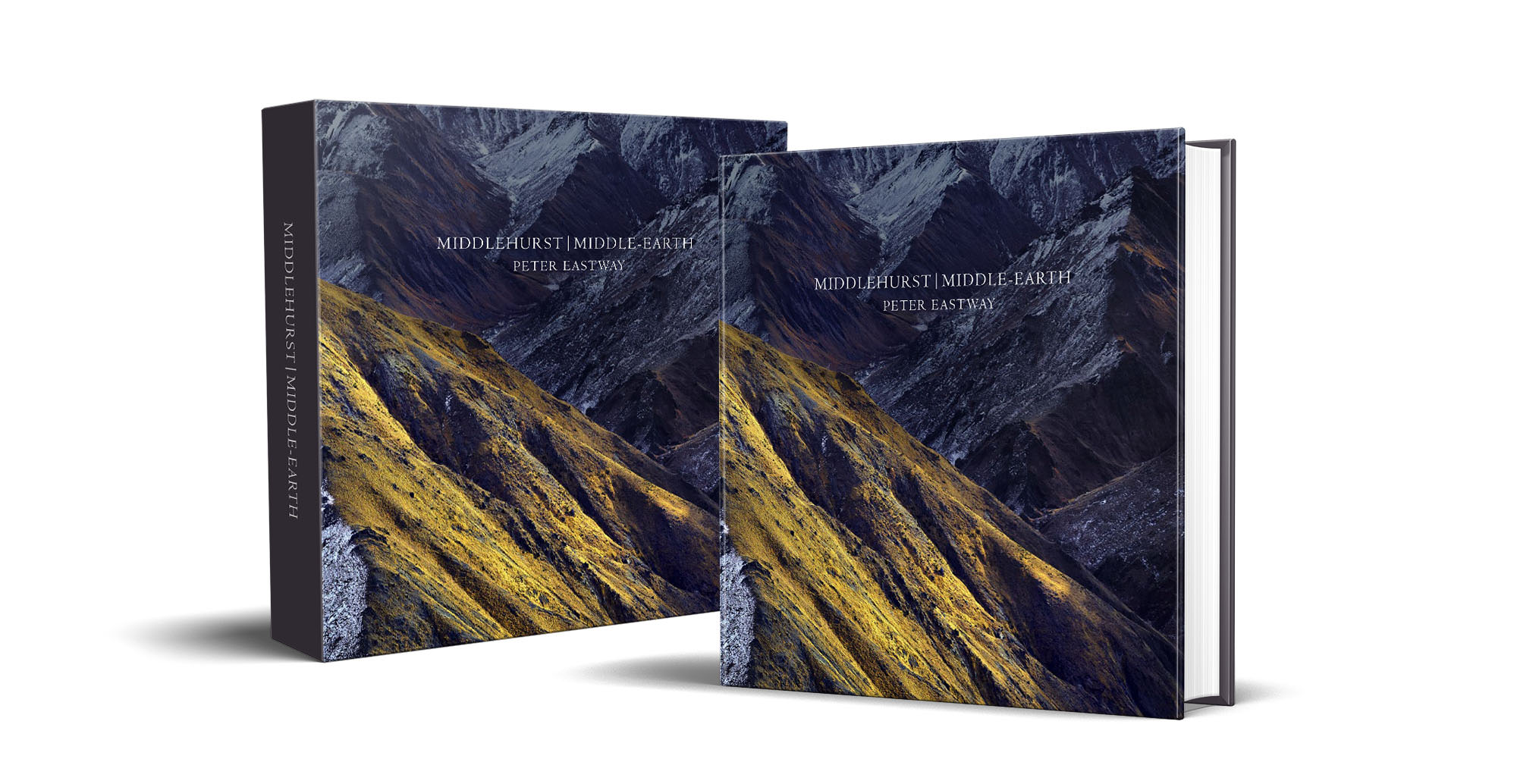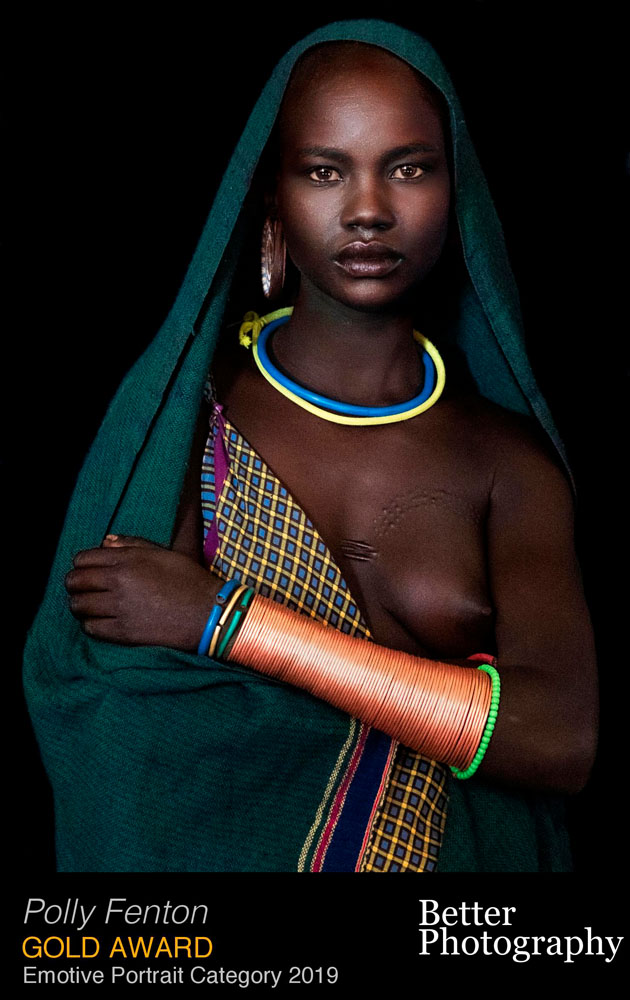Polly Fenton - 2019 Better Photography Magazine Photo of the Year Winner
and 2019 Emotive Portraiture Category Winner
With the greatest respect to Polly Fenton's wonderful photograph, there is an element of luck in winning first place in a photography competition. While judges try to be as objective as possible, there is necessarily a subjective viewpoint as well, depending on that judge's life experiences and preferences. That's why it's best to enter photography competitions that are judged by judges whose own work you appreciate and enjoy - at least you're more likely to agree with their decisions.
Speaking as one of the judges, there were two aspects to Polly's portrait of Nagudo that I subjectively 'loved' and objectively appreciated. The first was the light. I love the use of light in portraiture and I find this understanding has helped me greatly in all genres of photography, including landscape. And I'm drawn to the soft fall-off of light from the highlights to the shadows, such as you create in the studio with a soft box or umbrella. David Oliver, one of the other judges, doesn't romanticise studio lighting in quite the same way I do, but his professional background is working for years on end in a studio. It also explains his love of natural light.
And Polly's photograph has been taken with natural light, so maybe that's why David gravitated to her entry as well. As a judge, we see many entries of fantastic subjects, whether in portrait or one of the other categories, but less than fantastic light. One of the keys to award winning photography is light and you really need to nail this at the point of capture. Sure, you can improve the light during post-production, but you always get a better result if you start with good light.
The second aspect I enjoyed in this portrait is the expression. It's real. And I can read so many different stories into that expression, from putting up with tourists on a photo tour to having a hard life in her village. But notice how I am attaching my viewpoint to her expression. My viewpoint is undoubtedly completely wrong, but that's what portraiture can be all about - an interaction between the viewer and the subject of the photograph. And it's the photographer's job to capture an interesting expression that allows that dialog to happen.
Many entries into portraiture and travel have subjects whose expression, pose or gestures aren't quite right. The great portrait photographers of history might spend half an hour with a subject, searching for the best expression and pose. I'm surprised that many modern photographers think they can just take a single frame and nail it. The camera might be fully automatic, but the process of capturing a great expression is always fully manual. Take lots of shots while you're there and then pick the best one later.
The portrait of Nagudo, of the 'Suri' or Surmi tribe, was photographed by Polly in a remote village near Kibish. Explained Polly, "Nagudo used decorative scarification, piercing and copper adornments to emphasise her individualism and confidence within her society. During our stay of several days, I found the Suri exuded a beautiful inner personal warmth and mystic. This is what I was attempting to capture in this photograph. They were an absolute delight to engage with and it was a truly inspiring and humbling experience that I will never forget."
Polly used a Fujifilm X-T2 with an XF 18-55mm f2.8-4 R LM OIS lens. As she was shooting in a darkish hut, the settings were 1/80 second at f4, ISO 3200. "In post-production, I darkened the background with the adjustment brush and also used this to enhance her eyes and soften her skin. Overall, I slightly increased exposure, contrast and whites with a touch of dehaze. Using the HSL sliders, I gently adjusted the green, blue and aqua to lift the colour of her shawl. I felt that nothing else was required."
And we think Polly was exactly right - nothing else was required!

